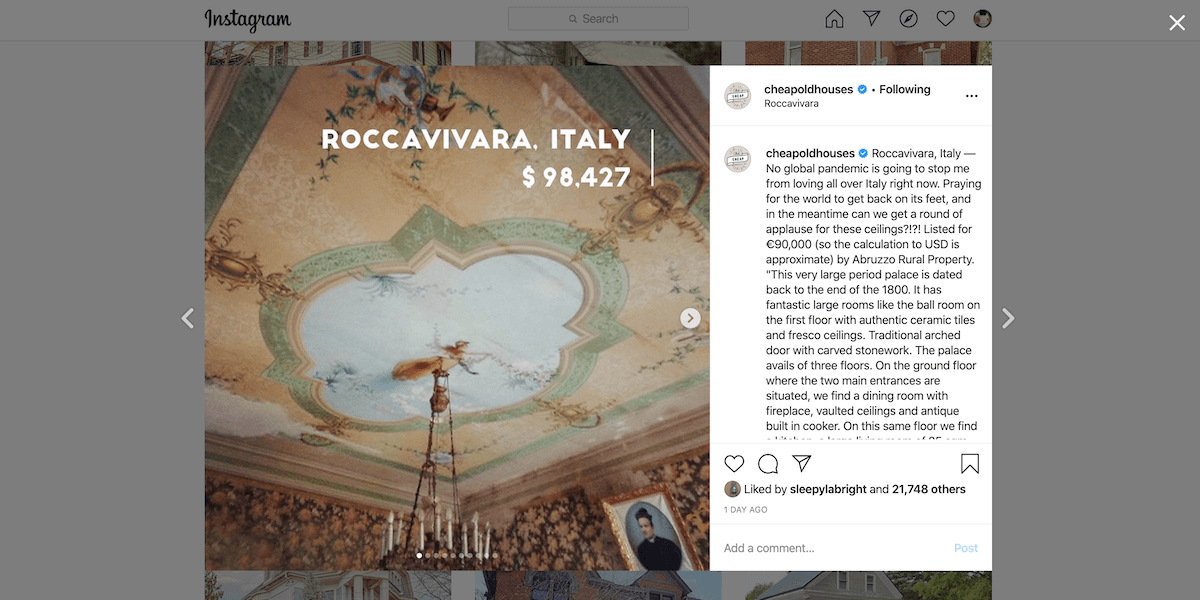Business Definition of “Microblogging”
Microblogging is a type of content distribution which prioritizes short-form content on social networks over long-form content on the web or other traditional formats. The most common example of microblogging is tweeting (posting short-form text content on Twitter).
What Does “Microblogging” Mean?
Microblogging generally occurs in social media “walled gardens” such as Facebook, Instagram, LinkedIn, and Pintrest. The term is most commonly used by marketing and media professionals.
What is a typical word count for microblogging?
Microblog posts generally run from 50–250 words. Text content is often secondary to image or video content when microblogging, for example on Instagram, where the image is the central content asset and the text serves to add context and increase audience engagement with the post through clicks and comments.

What is the difference between Microblogging vs Blogging?
Microblogging in the 2020s serves much the same purpose that blogging did in the early–mid 2000s. Namely, providing frequently published content primarily providing entertainment to an enthusiast audience.
The rise in prevalence of social media platforms has shifted the behavior of internet users in the west. Previously, people would follow blogs, often receiving new posts via an RSS Reader. They would type website URLs directly into a browser and regularly visit their favorite brands.
This method of finding content required high engagement from the audience, making it ripe for disruption by social media. Social media platforms like Twitter, Facebook, and Instagram allow people to log in to a “feed” of content that provides casual entertainment and information updates from sources of their choice.
The only content which still performs well on traditional blogs is, for the most part, informational content where the audience is trying to solve a one-time problem by searching on Google.
Entertainment-based content has virtually all moved to social media, where a newsfeed algorithm can feed end users endlessly-optimized content around their behavior and interests. This is where content creators currently find the most recurring viewers: people who will subscribe to them and see future posts, rather than land on their content from a Google search and never come back.
The tradeoff for content creators is that microblogging mostly happens in walled gardens, meaning that they have limited control over the audience outside the platform. When blogging on your own website, you can build email lists of your users and earn dedicated repeat visitors. This is an audience you own.
When microblogging on a Twitter or Instagram account, you have access to a much larger passive recurring audience. However, Instagram can cut off your audience at any time, and holds substantial control over how you might monetize or otherwise market to that audience.
What are some examples of Microblogging platforms?
Examples of microblogs include the following social media networks:
- Pintrest
- Tumblr
- TikTok
 Patrick Ward
Patrick Ward 
 Management Theory of Henry Mintzberg: Ten Managerial Roles
Management Theory of Henry Mintzberg: Ten Managerial Roles